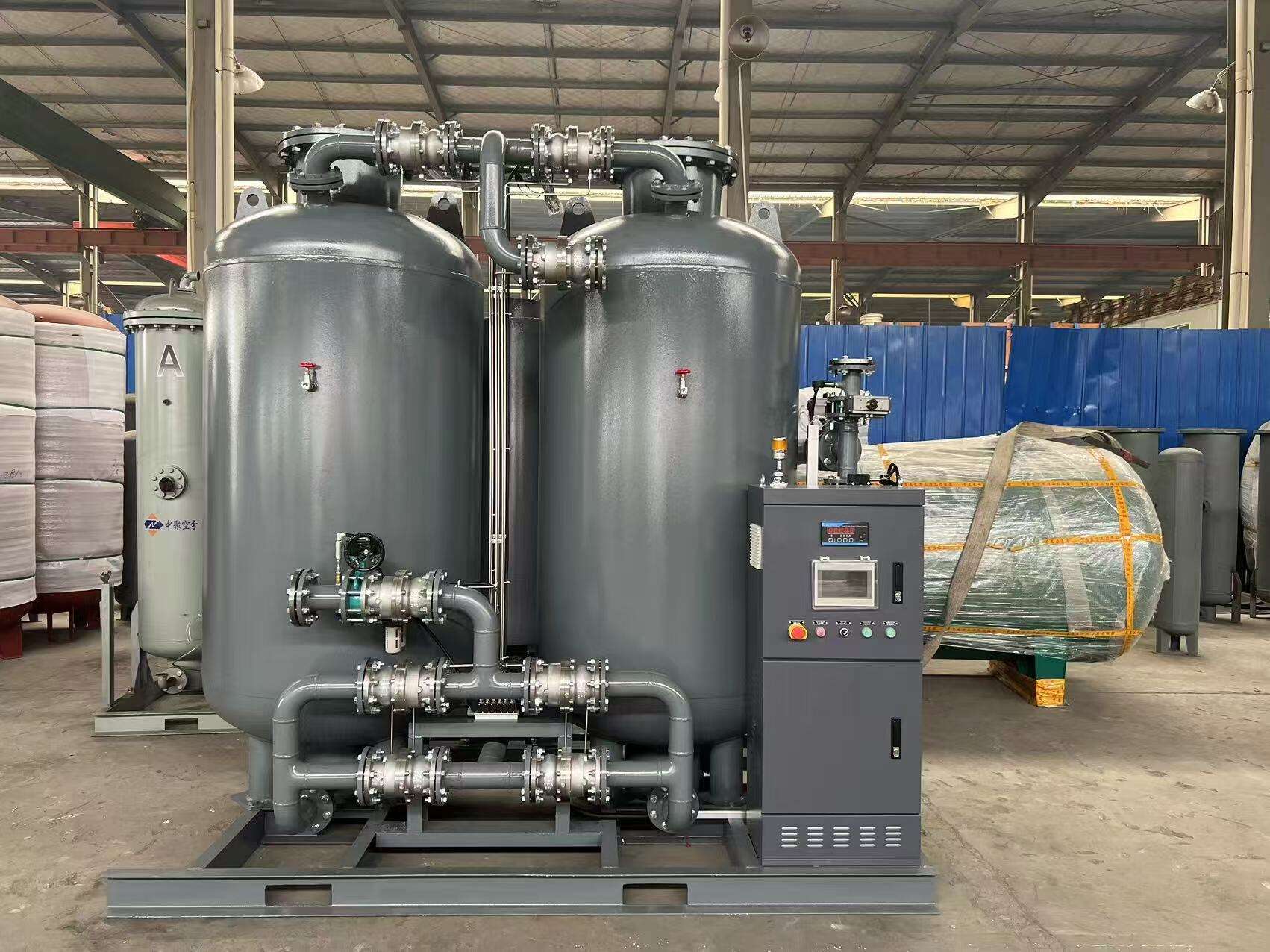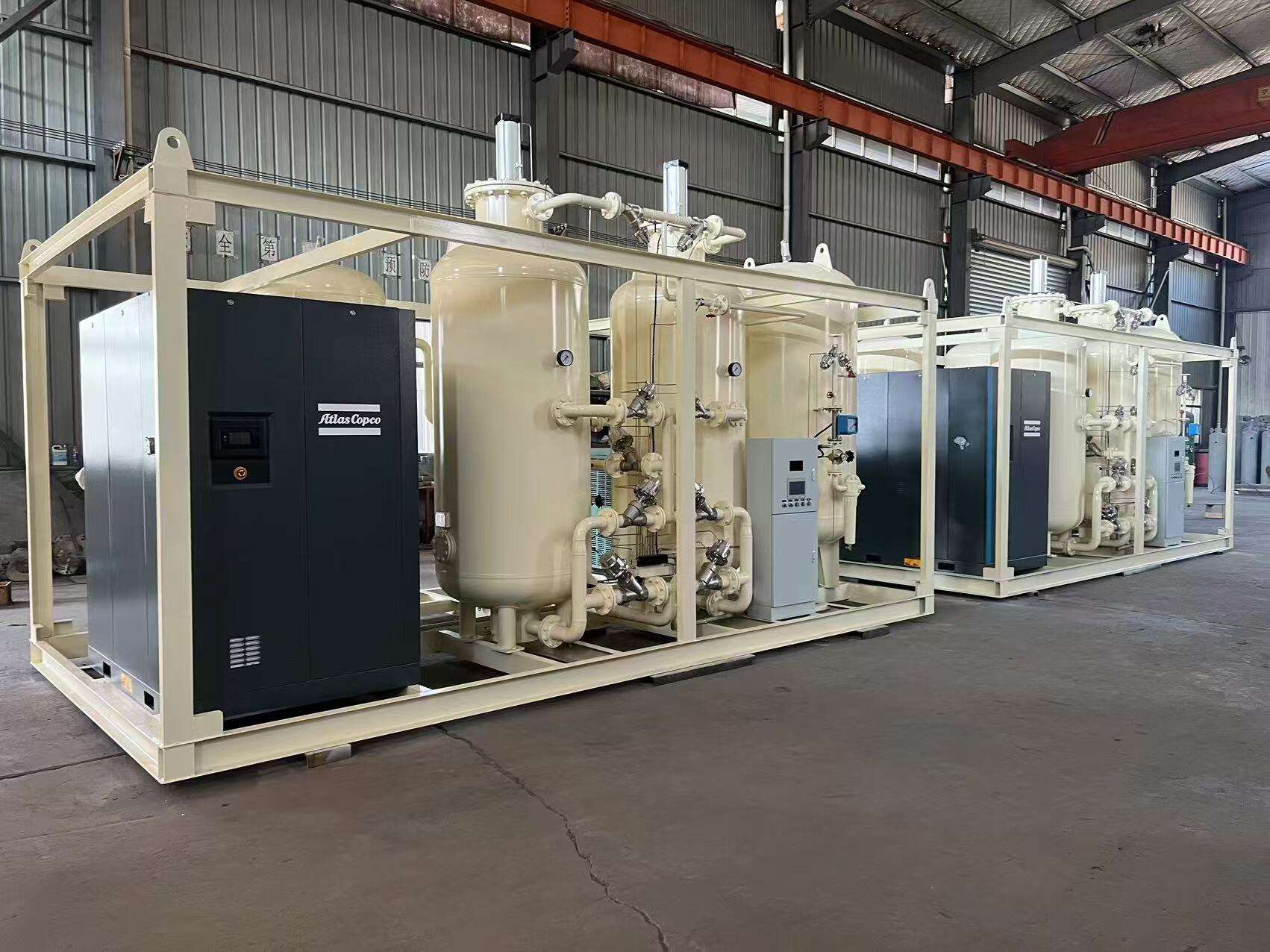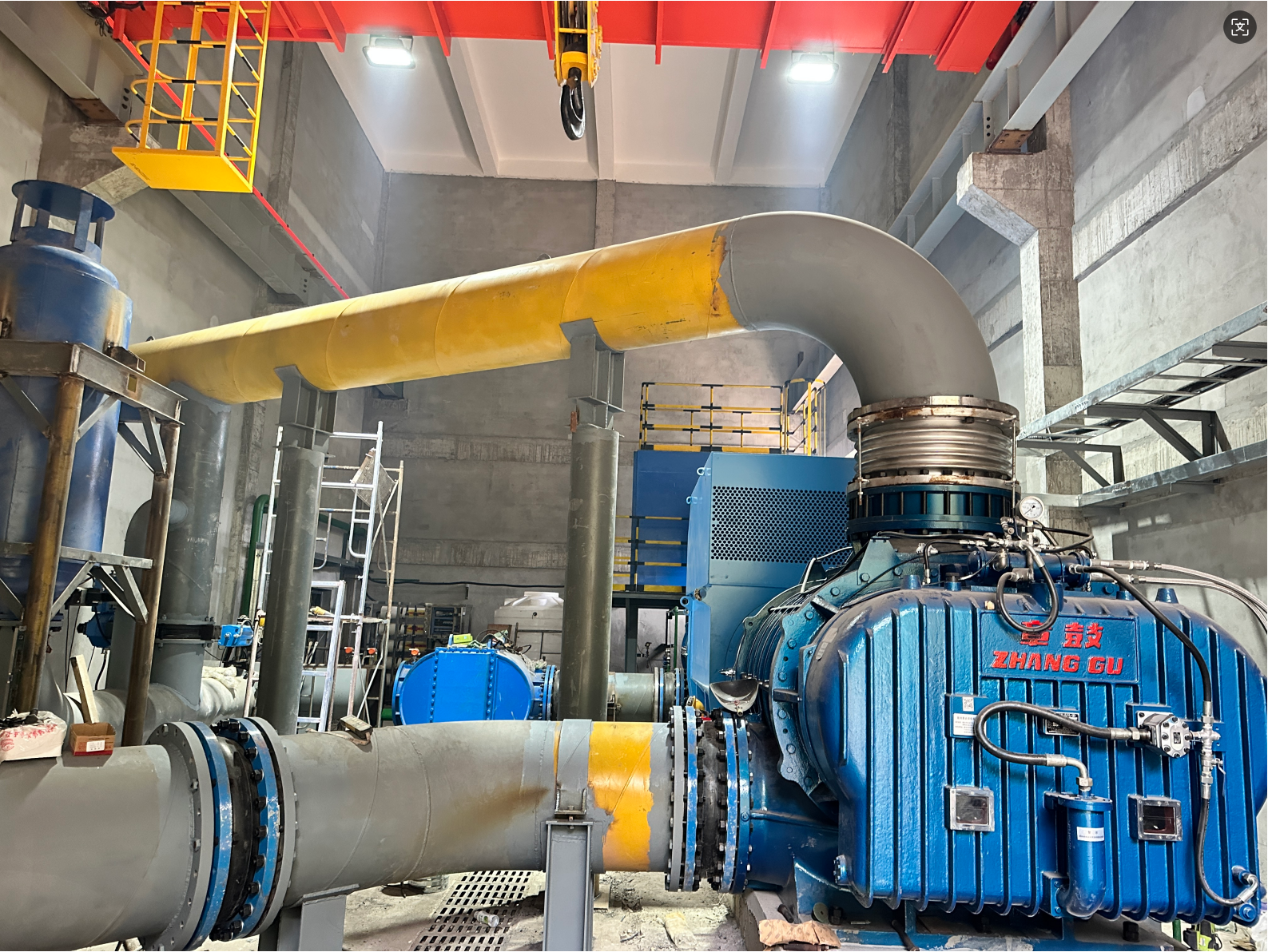isihlahla somolozi kwisekhewezelo esiphakeme
Izilungiselelo ezintathu zomolozi we-oxijeni zihluke izinkampani esikhundleni kwisekhono lesi simulani nokusemisaneni ngokulandelana nesibonelo sasendawo nokusetyenziswa kwezinye izigashe. Izilungiselelo ezisetshe, ezithethwa ngokubanzi njengama-zeolite crysizal, zifuna ngokuphucwayo umsebenzi wokuhlola ukusuka kwelangweni elingezantsi oluninzi olunikezelwe kwe-oxijeni. I-molecular sieve ifanele yahlola i-nitrogen amagama akho ngaphandle kokuthi i-oxijeni aluhlale phakathi, ukuze liphumeleleyo iphakathi le-oxijeni kusukela ngemva kokuthi kulungele 21% kwi-95%. Isibonelo sithetha ngokuphucwayo isayizi se-zeolite, esebenziselwa ukuba bethole imidingo yasekinteto yesayizi ye-nitrogen amagama. Ngokusemisaneni, iyebo yasephakeme yihambe phakathi komthombo wahlola, apho amagama aninzi akhohli phakathi komthombo wahlola ngaphandle kokuthi amagama a-oxijeni afanele abe ngaphambili kulesiqindi. Umsebenzi owakhethile, okuthiwa Pressure Swing Adsorption (PSA), uhamba phakathi kwebhalansi beluhlola nobhalansi beluhluleka ukuba kuhlinyiswe umdlalo wesikhatsi sesikati sokugcina oxijeni. Ukudlala kunokuthiwe kanye nekufaneleko kanye nokushintsha kwezinye izikhatsi ezindala, ngaphandle kokuthiwe kanye nokwesusa ukusetyenziswa kumdlalo omncane kuzo zonke izikhatsi, uzokusiza ukusetyenziswa kumdlalo okuthile kumzekelene nokuthiwe kanye nokwesusa ukusetyenziswa kumdlalo omncane kuzo zonke izikhatsi.


